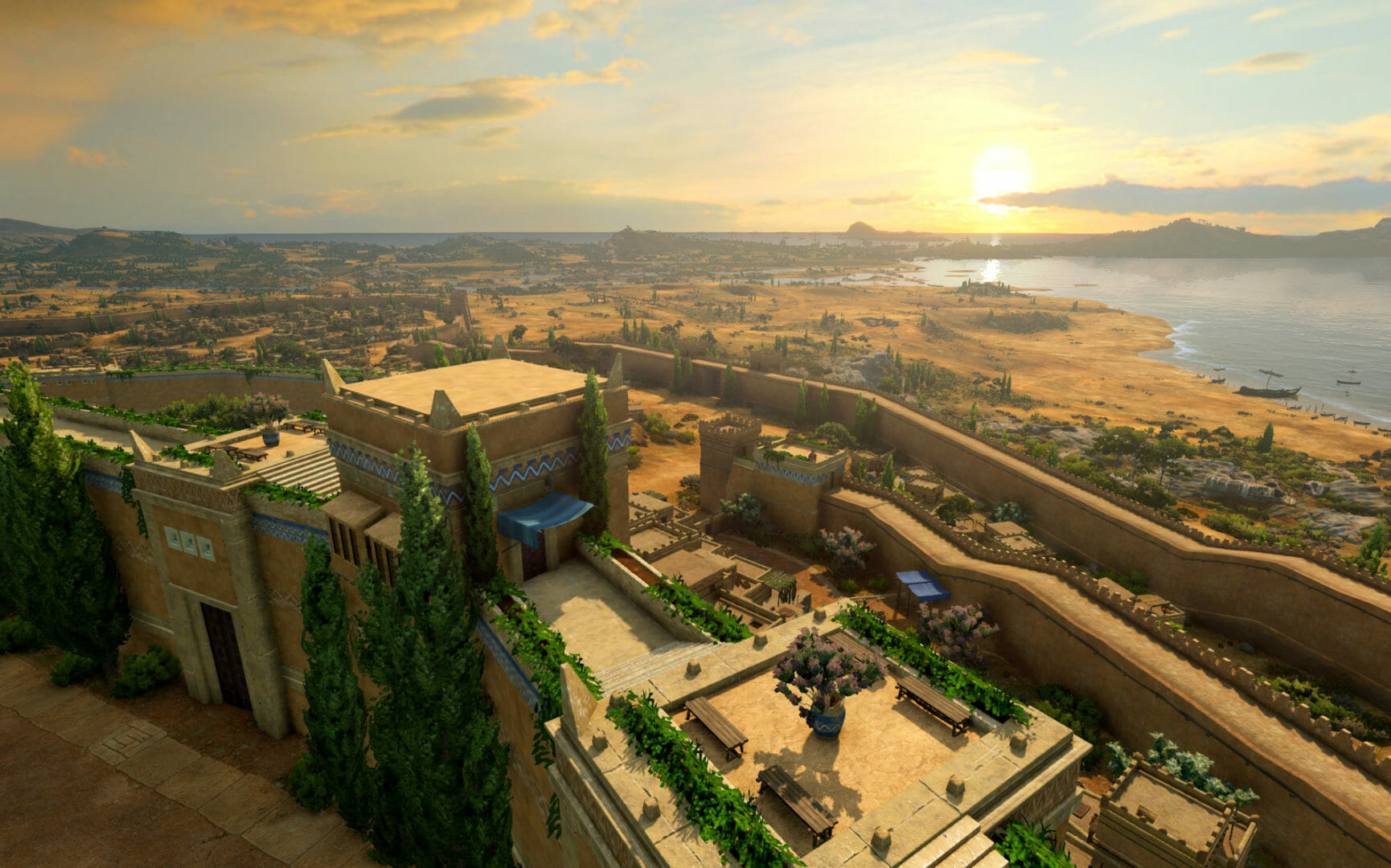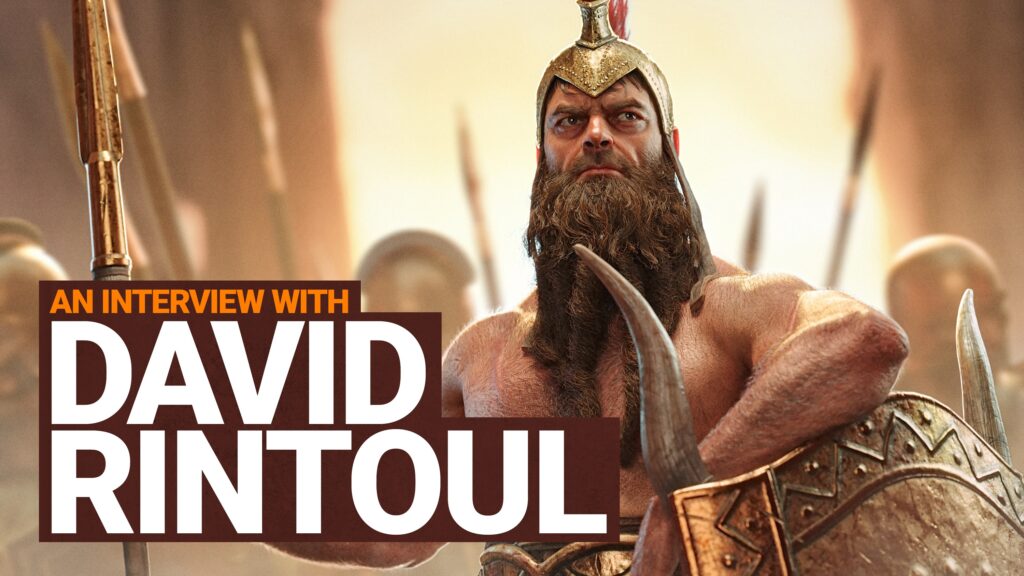Achilles, Achaeans, and Aesthetics: The Art of TROY
With the release of our next Saga title drawing ever closer, it’s time to take a look at some of the behind-the-scenes workings of this epic Bronze Age tale.
This week, we chatted with Stoyan Stoyanov, art director of A Total War SAGA: TROY, and Maya Georgieva, game director at Creative Assembly Sofia, about how their roles, the influences and reasoning behind TROY’s unique visual style, and what it’s like making a game about one of the most iconic conflicts in history.
Team TROY
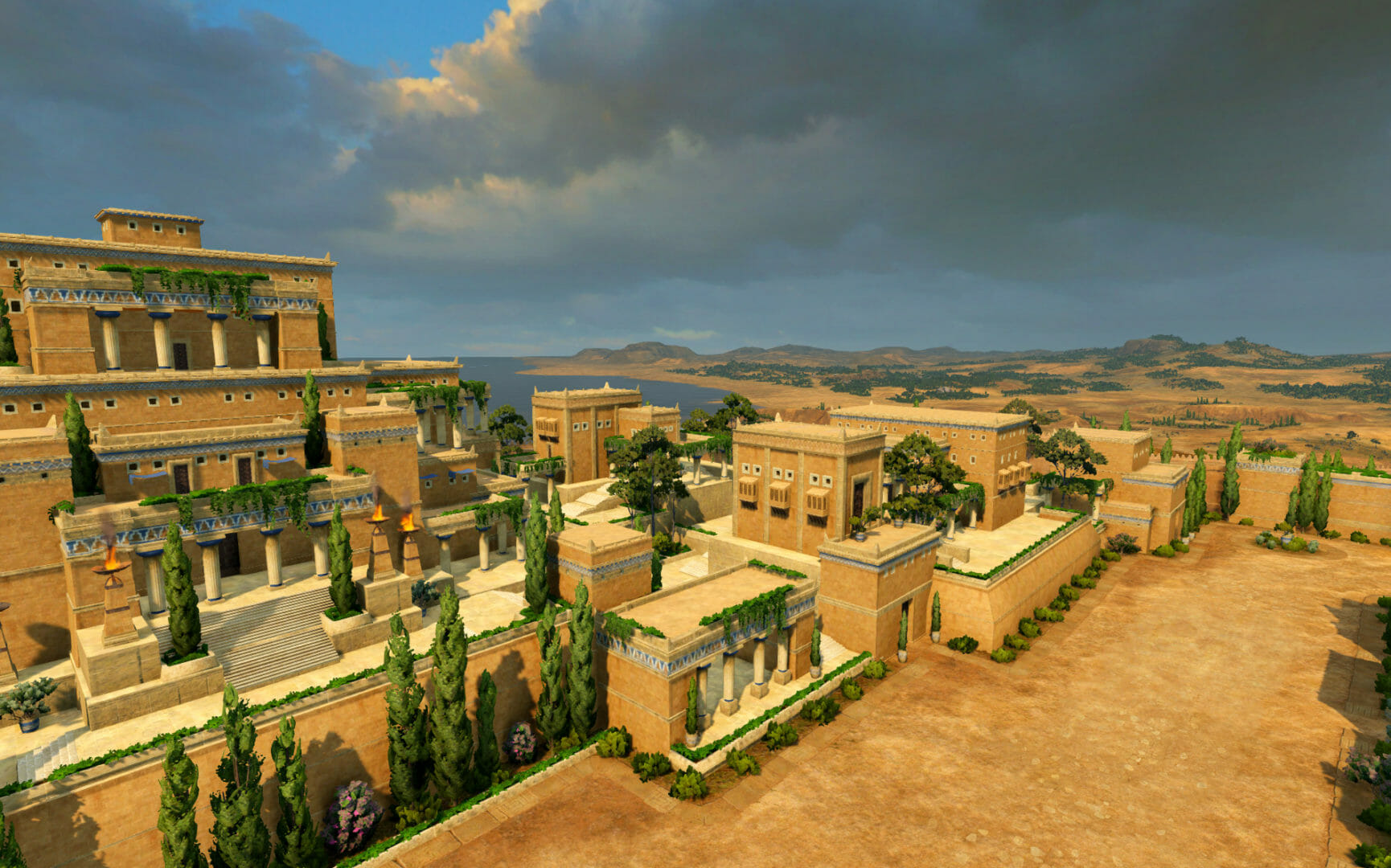
Both Stoyan and Maya attribute their first experiences of gaming to their respective fathers’ work PCs – in Maya’s case, “the first computer game I played was Karateka on an old Apple II in my dad’s office. I must’ve been about 3 or 4 then. The rest, as they say, is history.”
Stoyan got his start in the industry with Black Sea Studios in 2004 as a concept artist and 3D modeller: “they had just released Knights of Honour, and my previous experience in sci-fi was a good fit for their next game: a futuristic real-time strategy game called WorldShift.” Some time later while he was working at Creative Assembly Sofia, the previous art director left the studio. Stoyan, then a senior concept artist, made the decision to step up and assume the mantle of art director – a position he’s held ever since.
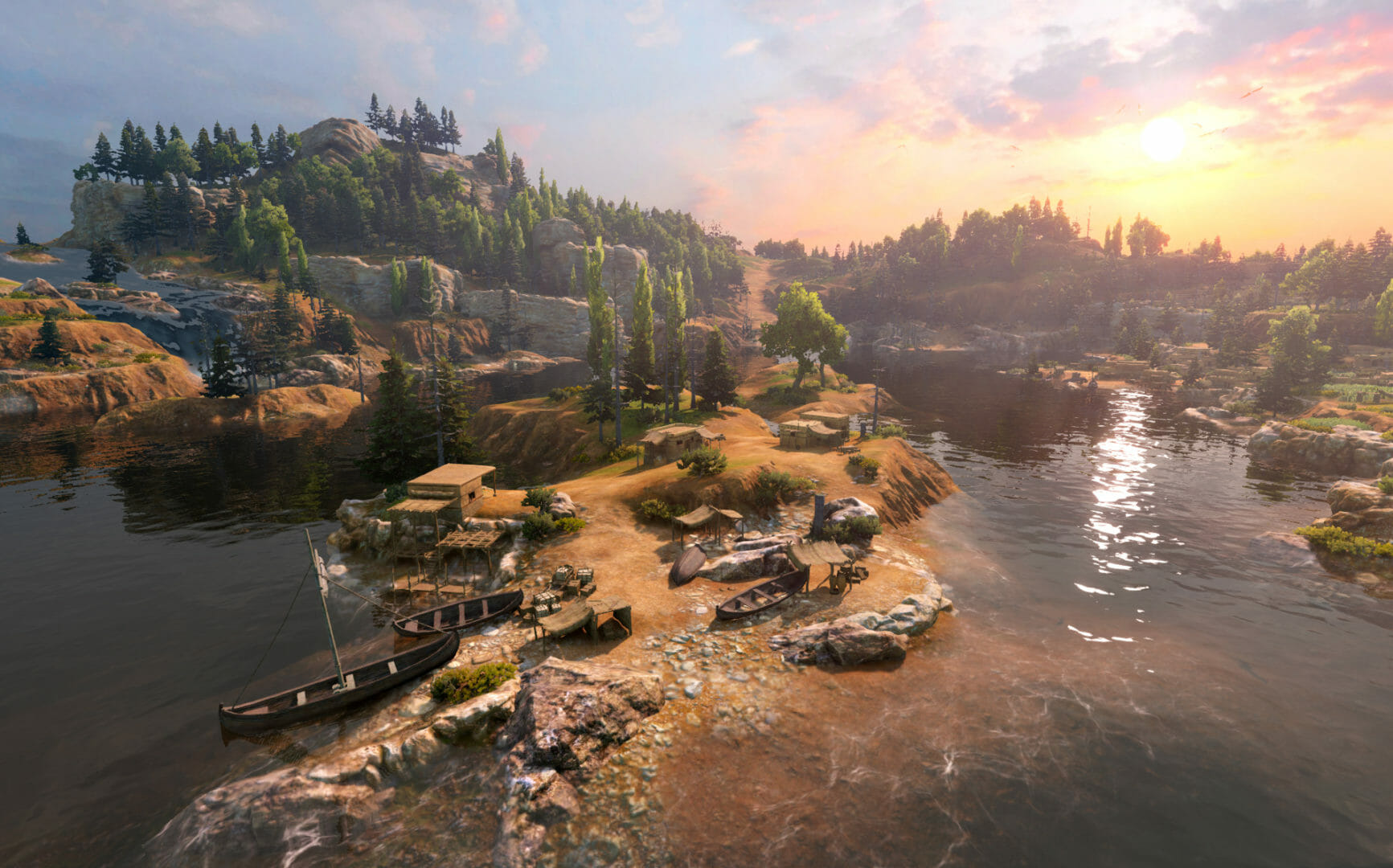
As for Maya, she’d always gravitated towards computers, studying programming dreaming one day she’d been working in games. It didn’t pan out exactly as she expected, but one day the opportunity arose and she seized it, joining a famous local game company as a game designer: “It turned out all the hobbies, interests, and skills I’ve been accumulating before that were the dots that connect in game design.” Maya assumed the role of game director after the team joined Creative Assembly to form the Sofia studio in the wake of a number of vacated senior positions:
“I became the game director, but I knew this would be a role that I’d need to grow into with time. We started off relatively small – but definitely not safe – with a new campaign for ROME II (Empire Divided) and an overhaul of the whole political system. We did some things right, stepped on a few rakes, and learned a lot, then continued with more content for ROME II until this cycle of learning and growing got us to our first standalone project: TROY. Now we’re on track to make our best so far with TROY and continue the cycle of learning and growing.”
Working on a [total] war
Not surprisingly, Stoyan and Maya have both long since adjusted to how different working on a Total War game is.
Stoyan describes them as being a unique combination of turn-based strategy and real-time tactical battles “like two games in one! Very different in playstyle and very different in visual presentation”, while Maya agrees that they are “very complex, having a lot of legacy and yet a lot of potential for further development.” She adds: “It’s like a mini game development Odyssey – navigating old mechanics, fighting monstrous bugs, and resisting the allure of ideas too impractical to implement at this time.“
However, as a long-time fan of the series “before I ever thought that I might work on them one day”, Maya insists working on a Total War game is still a dream job.
Dream job or not, working on A Total War Saga: TROY is not without its unique challenges.
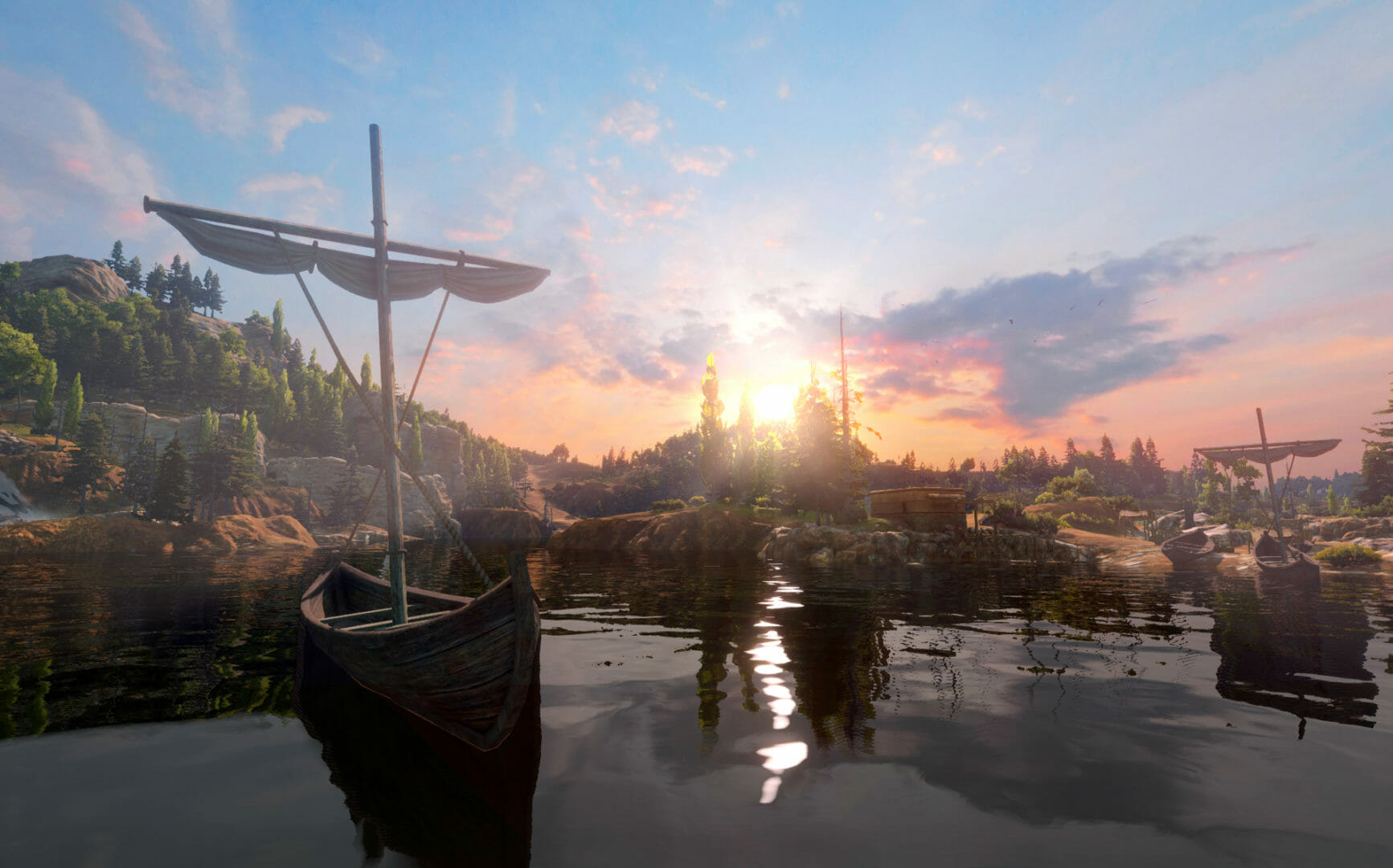
TROY is the furthest Creative Assembly has ever gone back in history with one of its games, and covering such an ancient time period means there is often a lack of reliable sources to work with when designing armies, settlements, and other features that are integral to Total War’s other historical titles. As art director, this means that Stoyan and his team spend much more time conceptualising in-game assets compared with other Total War games, all of which had many more historical references for them to draw from:
“Bronze Age culture left us with few artefacts compared with those we have from later periods. To make up for this, we had to turn to the original literary sources to learn more. We used the Epic Cycle – The Iliad and The Odyssey – as our primary sources of information for the characters, which nicely filled in the gaps in historical heritage.”
For Maya, the greatest challenge is maintaining the balance between myth and reality in order to create an authentic Total War Saga about the late Bronze Age while still doing justice to one of the greatest and most foundational stories of contemporary culture:
“Homer’s Iliad has such a strong gravitational pull on our hearts that many times it has threatened to devour the game and all our efforts to collect and present information on this fascinating and very obscure period in history that we dare to expand the series in.”
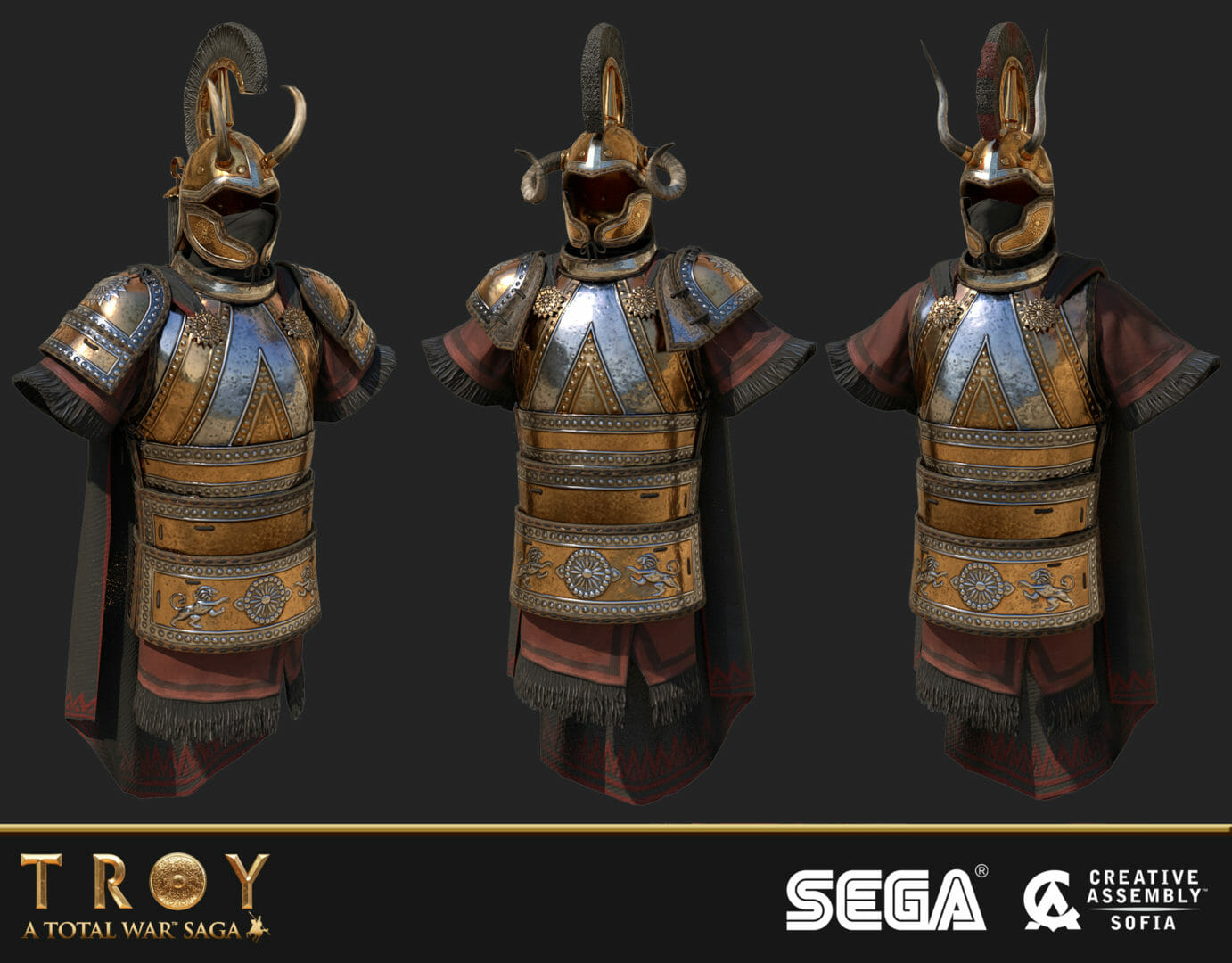
However, Maya believes a stable orbit that accounts for the team’s “truth behind the myth” approach has been found – one that does justice to both the epic story of the game and the intriguing history behind it:
“Working with the text of the Iliad brings out my inner kid archaeologist – sifting through every word for meanings lost or missed, drawing parallels, mapping timelines, and comparing with other sources. It’s no wonder that this text inspired such passion in Heinrich Schliemann, and finding bits of historical fact behind it feels almost as rewarding as unearthing the treasures of Priam and Mycenae.”
TROY’s development continues apace. As Stoyan says, it’s been a long and hard road – Maya describes her typical workday at this stage of development as “a slice of barely contained chaos – a storm of questions, reviews and meetings, of revising plans and hard decisions – not the side of game development people usually think or know about.”
However, all the hard work is starting to pay off, and everything is now coming together and shaping up into the game the TROY team knows it can be.
The aesthetics of Achilles
We asked Stoyan and Maya who their favourite characters were. Stoyan expressed an enduring preference for the ordinary soldier – “the third one from the left in the front line” – but Maya’s hero of choice has changed over time:
“It used to be Hector. If there’s a good guy in the Iliad, that’s Hector – he’s strong in battle, but without superpowers and divine origin. He’s dutiful and kind to his family, protects his kin and country, and doesn’t overstep or go to any excesses. He’s the perfect prince. And he’s a bit of an underdog to the overpowered Achilles. But recently I find myself a bit bored of him, and there’s a sneaking suspicion starting to develop in the back of my mind that maybe we’re not giving Paris enough credit. Maybe there’s more to him than a biased storyteller on the side of his enemies would reveal in a legend centuries after. That’s what the truth behind the myth does to you!”
The legendary Achilles is definitely a tough act for anyone to follow.
He is arguably the most famous character in the Iliad and, as the epic poem starts with him, so did the team’s concepting process for TROY’s epic heroes.
This also means his visual design is one of the oldest in the game, and thus a bit less in line with the direction and tone the team further developed that put the emphasis more on truth rather than the myth.
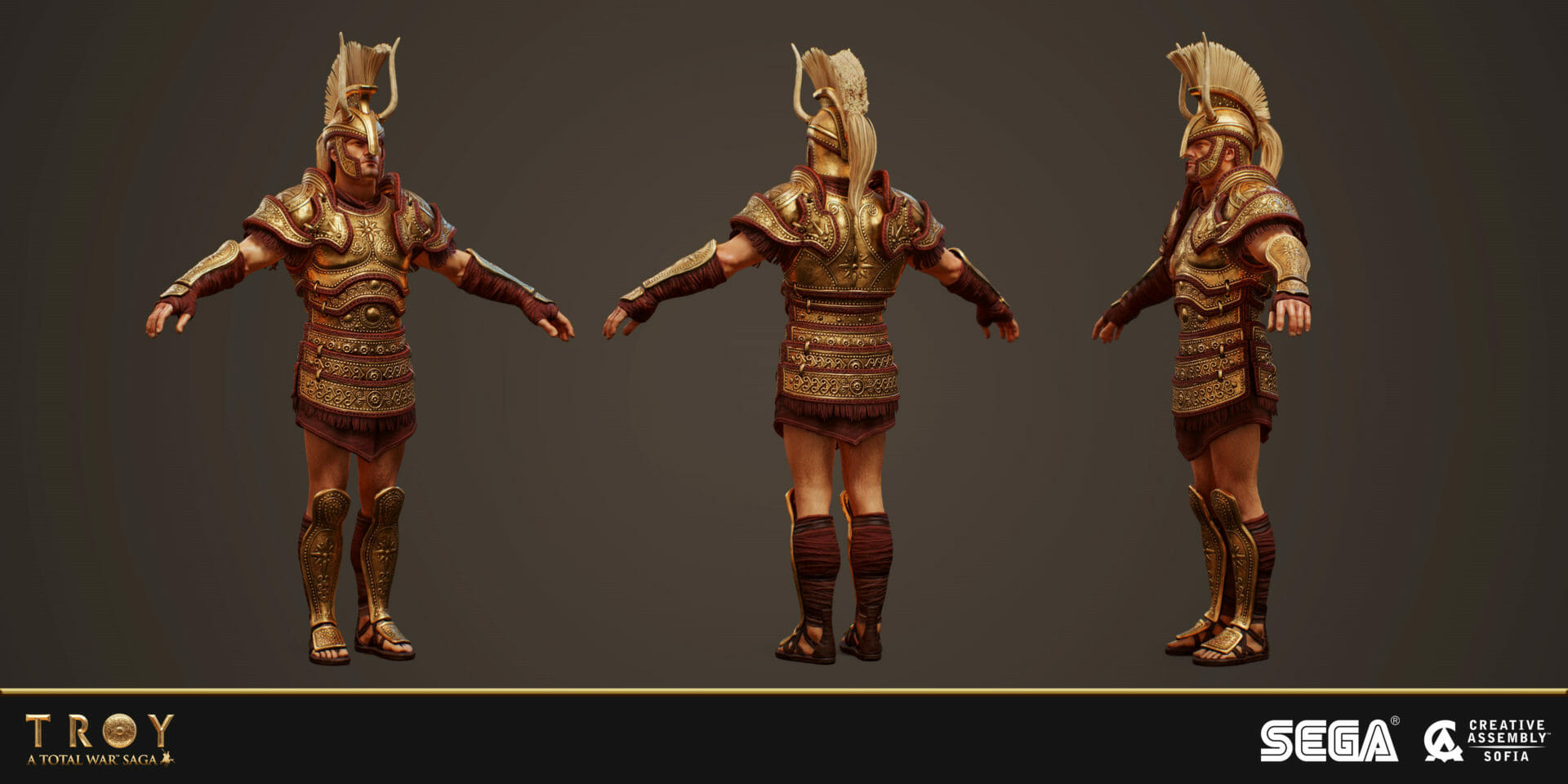
In the initial design for Achilles, the TROY team wanted to convey his characteristic swiftness. That’s why he has relatively light armour, his connection to the famous Myrmidons who supposedly originate from ants – which is why his cheek-guards are serrated in a way that resembles ant mandibles – and a glorious golden shine to convey his divine origin. He also wears the famous shield described in the Iliad, which is adorned with many scenes from life in peace and war (as well as ultimately finding its way into the game’s logo).
As the project progressed the team’s appetite grew, and they decided that they needed to have two separate sets of armour for their greatest hero: the one Achilles starts with initially – nicknamed Peleus Panoply because it was given to him by his father Peleus back home in Phthia – and the one he obtains later from his mother Thetis. The second set of armour is supposedly forged by Hephaestus, the god of the metallurgy himself, and so it is referred to internally as the Godforged Armour. Maya adds that this “turned out much more in line with the style and aesthetics of the late Bronze Age, which is only natural as it was developed much later, when TROY’s aesthetics had matured.”
The Godforged Armour is heavier and covers much more of Achilles’s body – except for the feet as a nod to the non-Homeric myth pertaining to his invulnerability. But, although it looks more ancient, it has a silhouette reminiscent of the classical Greek hoplites – the message, according to Maya, being that the armour of the greatest warrior set the standard to which the coming generations would aspire. Stoyan, who helped create this legendary armour set, agrees: “It was designed to be the most impressive set of armour in the game, a gift from the gods to the greatest warrior of the Bronze Age.”

Armour aside, Achilles’s appearance is a frequent subject of debate in popular culture.
Many believe that Achilles should look young and feminine, but this stems from a specific story set way back at the start of the Trojan War where he was hiding among the girls in the palace of Skyros and Odysseus tricked him into revealing himself in order to recruit him for the Achaean coalition.
“What people often forget is that the Trojan War encompasses a very long period of time.” Maya explains. “In the Iliad, at the funeral of Hector Helen says “This is now the twentieth year from the time when I went from thence and am gone from my native land” – which means that if Achilles was about 14 or 15 when he managed to pass as a girl on Skyros, on the fields of Troy he’d be around 35 – a fully grown man who has spent much of his life wearing heavy bronze armour.”
As the characters of TROY don’t change their appearance in order to show the passage of time, the team elected to have a mature depiction of Achilles rather than a boyish one – although they made sure to retain the legendary athleticism he’s famed for.
Achille’s hair is also often shown as being blonde, whereas in A Total War Saga: TROY it is dark. Maya acknowledges that this question – and the look of the Achaeans in the game in general – is a key one, and explains the reasoning behind the team’s decision:
“One would assume people in the region to all be dark-haired and dark-eyed Mediterranean and Levantine complexions, but that is a bit simplistic and contradicts the Iliad, where both Achilles and Menelaus are described as “xanthus” – a word that can be translated as “light” or “tawny” when referring to hair or a lion’s pelt. Another reference comes again from the story of Achilles on Skyros, when while disguised as a girl his name was Pyrrha, which literally means “fiery” or “red”. So was Achilles’s hair dark, light, or reddish? Which option is the correct one, or are they all? In TROY, Achilles has dark blonde bordering on chestnut hair. It is very common in the region for people who are blonde in childhood to turn to darker hues over time and become brown or chestnut haired with a reddish tinge. That’s the option we feel fits best to our older Achilles.”
Mapping the mythic
The community has already had a taste of TROY’s campaign map and its unique aesthetic, heavily influenced by the Greek pottery that was especially common between the 7th and 5th centuries BCE – and Stoyan is well aware of the importance of campaign maps in Total War games:
“Total War campaign maps are the place where most of the gameplay happens. We wanted the TROY campaign map to feel more ancient and mystic than previous historical Total War campaign maps. Also, the campaign map is the place where legend and reality coexist represented by two contrasting visual styles. It was not easy to visually blend them well, but in the end it worked!”

Instead of a conventional fog of war, A Total War Saga: TROY has the mythic shroud – specially tailored to fit in with the game and its truth behind the myth approach. The shroud represents the myth. As the player is moving around the map, the shroud literally burns away, banishing that layer of myth to reveal the truth beneath – the living breathing world, the actual game map which is the reality. “Also,” Stoyan adds, “It looks very awesome.”
The shroud is also peppered with icons representing mythical events, which appear where these stories were said to have taken place. Stoyan says of these: “The shroud icons not only make the map more mystical and interesting to explore, but they also actually show the places and regions where some of the most interesting legends were born. Some of them are directly connected to the gameplay as well, helping the player navigate more easily while playing. In short, they help make the game more beautiful, with those mythical creatures featured in the shroud icons actually complementing and enriching the gameplay.”
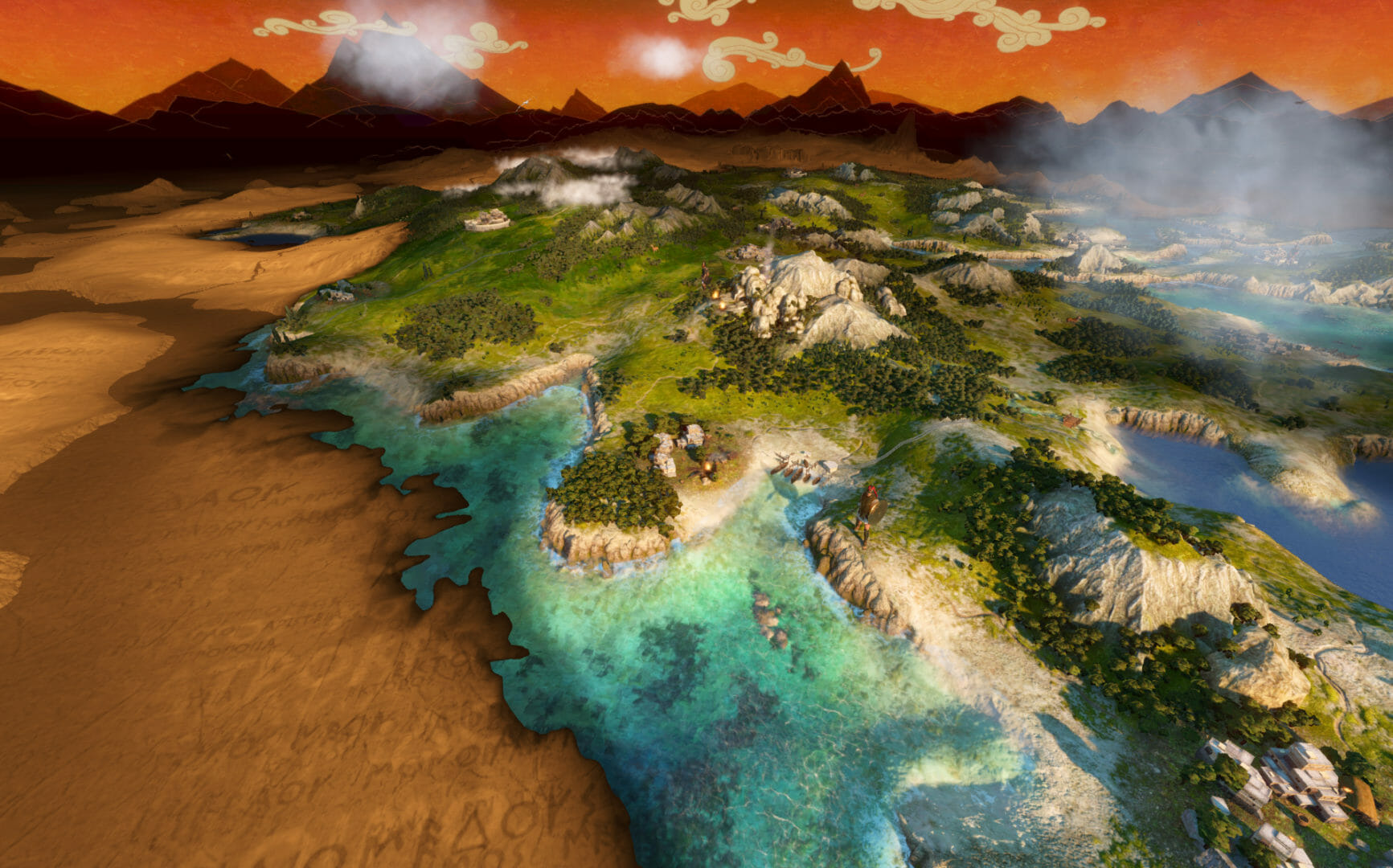
But why split the way the map is represented into two styles that contrast so heavily?
“The contrasting styles in the game’s visuals were the most logical and intuitive way of presenting the myths and then revealing the truth that might have inspired them. You’ll see this throughout the game in many ways, but perhaps the most visually striking example of this is in the campaign map – the shroud, a great canvas with mythical elements, and the living breathing world beneath.”
Onwards to TROY!
We’ll be going into greater detail on A Total War Saga: TROY over the coming months by looking into gameplay, features, mechanics, and more.
In the meantime, keep an eye on our social media channels for all the latest updates, and if you want to learn more about the legendary setting of A Total War Saga: TROY, check out this article on the Trojan War or this one about Achilles over at Ancient History Encyclopedia!
